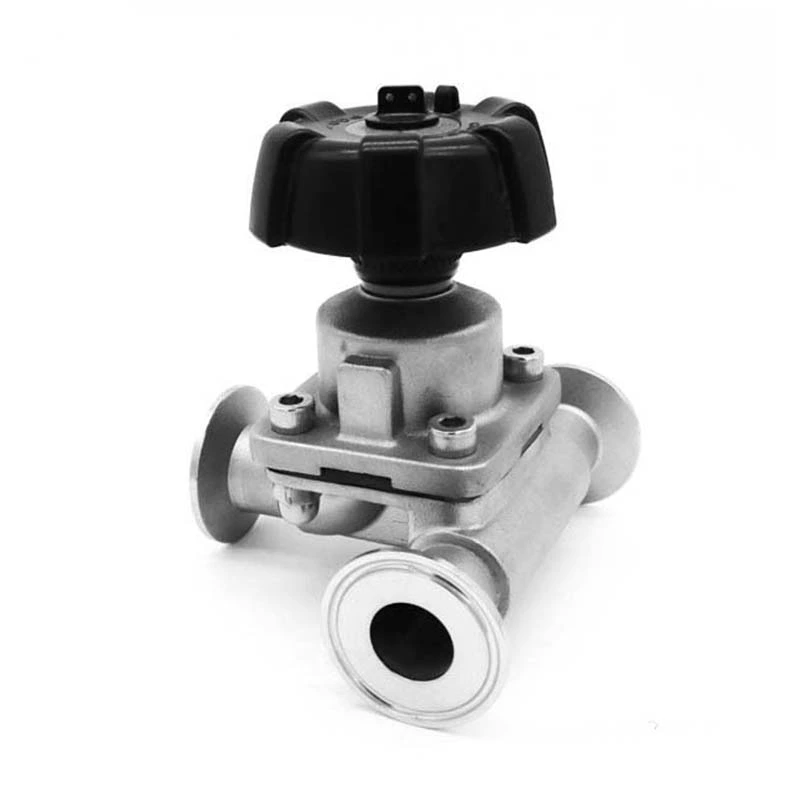What Are The Design Features And Working Principles Of Sanitary Diaphragm Valves?
Sanitary Diaphragm Valve, designed for industries such as food, pharmaceuticals, biotechnology and cosmetics, is a high-performance fluid control component. Its core feature is the use of elastic diaphragms as seals to achieve dead-angle-free, easy-to-clean and highly hygienic fluid cut-off or regulation functions.
Design features of 3 way sanitary diaphragm valve:
Diaphragms: Made of materials such as silicone and PTFE, they have excellent corrosion resistance and biological inertness.
No dead zone design: The flow channel is smooth and there are no residual corners, which is conducive to CIP/SIP cleaning and sterilization.
Fully covered: All fluid contact surfaces are made of high-grade materials to avoid metal exposure.
Quick-release structure: It is easy to quickly disassemble and assemble, and improve maintenance efficiency.
Working principle of hygienic diaphragm valve:
The tank bottom diaphragm valve deforms the diaphragm through a drive mechanism (manual, pneumatic, electric), thereby opening or closing the flow channel and controlling the flow of the medium. The gas or liquid pressure above the diaphragm makes the diaphragm close to the valve seat to achieve sealing; when the pressure is released, the diaphragm returns to its original state and the fluid can pass through.
The unique feature of the tri clamp diaphragm valve is its "aseptic" design concept, which ensures that the product does not introduce contamination sources when it comes into contact with sensitive media, and is also easy to clean and disinfect.
